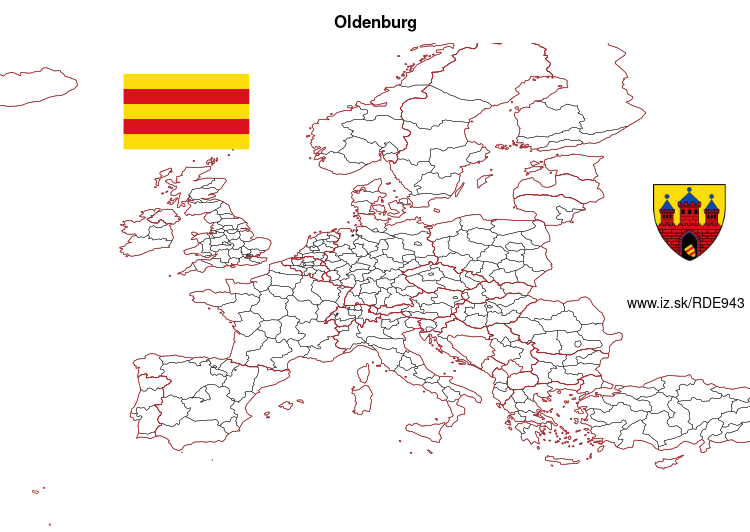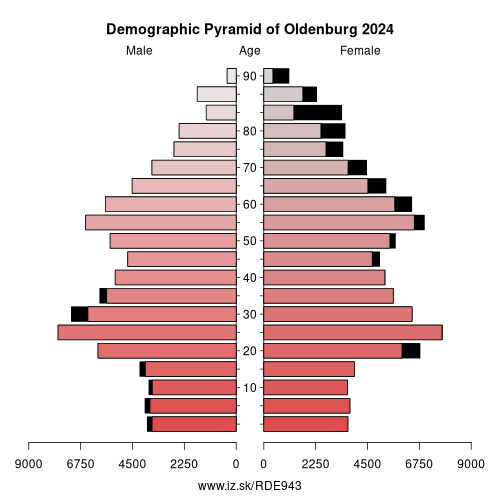- About us»
- Net income calculator»
- Population aging»
-
- Least developed regions»
-
- Average wage
- Material need benefits
- Meal allowance
- Counties of Slovakia
- Inflation
- Living and Subsistence Minimum
- Unemployment of Czechia and Slovakia
- NACE Classification
-
- Life expectancy
- Gender differences
- Youth unemployment and NEET
- Minimum wage in EU
- Unemployment rates of different age groups
- Share of salaries on GDP
- Percentage of employees ususally working at nights
- Employment rate
- NEET
- Unemployment rate
- Long term unemployment
-
- Bratislava and surroundings
- Kopanice
- Danube river
- lower Vah river
- middle Vár river
- upper Nitra river
- lower Nitra river
- Mining cities
- Kysuce a Orava
- upper Vah river - Liptov
- Spiš cities
- upper Hron river
- Juhoslovenská kotlina
- Košice fold and Torysa river
- upper Zemplín
- lower Zemplín
- EU regions
- NUTS3 regions of Slovakia
- LAU1 dataset
-
- Projects and activities
- Inclusive growth»
- Good work
- Project SKRS
- Social system – reality and vision
-
- Education of unemployed
- Young unemployed not taking part in education
- Proposal to change the system of education funding
- Library
- News»
- Contact
Oldenburg – DE943
EU regions: Germany > Lower Saxony > Weser-Ems Government Region > Oldenburg

| Indicator | Period | Value |
|---|---|---|
| Gross domestic product | ||
| GDP per capita in PPS of EU average | 2022 | 135 |
More on wikipedia wikidata Q2936 on OpenStreetMap Oldenburg slovensky: DE943
Demographics
| Indicator | Period | Value |
|---|---|---|
| Demographics | ||
| number of inhabitants | 2024 | 176 242 |
| population density | 2023 | 1719.1 |
| old-age dependency ratio | 2024 | 29.6 |

From Wikipedia: Oldenburg (German pronunciation: [ˈɔldn̩bʊʁk] (listen)) is an independent city in the district of Oldenburg in the state of Lower Saxony, Germany. The city is officially named Oldenburg (Oldb) (Oldenburg in Oldenburg) to distinguish from Oldenburg in Holstein.
During the French annexation (1811–1813) in the wake of the Napoleonic war against Britain, it was also known as Le Vieux-Bourg in French. The city is situated at the Rivers Hunte and Haaren, in the northwestern region between the cities of Bremen in the east and Groningen (Netherlands) in the west. It has a population of 167,633 (November 2016). Oldenburg is part of the Bremen/Oldenburg Metropolitan Region, with 2.37 million people.
The city is the place of origin of the House of Oldenburg. Before the end of the German Empire (1918), it was the administrative centre and residence of the monarchs of Oldenburg.
History
Archaeological finds point to a settlement dating back to the 8th century. The first documentary evidence, in 1108, referenced Aldenburg in connection with Elimar I (also known as Egilmar I) who is now commonly seen as the first count of Oldenburg.
Other: Weser-Ems Government Region, Emsland, Aurich, Cloppenburg, Friesland, County of Bentheim, Vechta, Wesermarsch, Oldenburg, Osnabrück, Ammerland, Wittmund, Emden, Leer, Osnabrück, Delmenhorst, Oldenburg, Wilhelmshaven
Neighbours: Wesermarsch, Oldenburg, Ammerland
Suggested citation: Michal Páleník: Europe and its regions in numbers - Oldenburg – DE943, IZ Bratislava, retrieved from: https://www.iz.sk/PDE943, ISBN: 978-80-970204-9-1, DOI:10.5281/zenodo.10200164

 Share
Share Facebook
Facebook Twitter
Twitter News
News